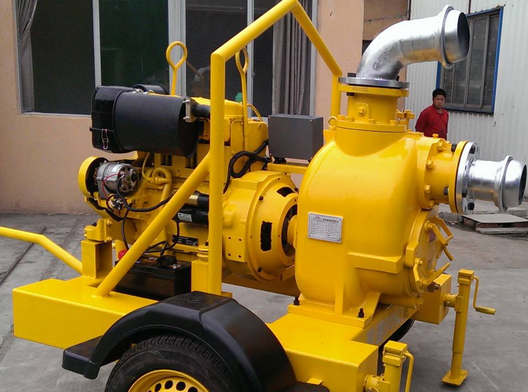Power system of sewage pump
The power system of the sewage pump is the core part of its operation, mainly composed of motor, transmission device and control system. The following is a detailed analysis of the sewage pump power system:
1. Motor
The motor is the power source of the sewage pump and is responsible for providing rotational power to drive the impeller to rotate. Common motor types include:
Asynchronous motor: This is one of the most commonly used motor types and has the advantages of simple structure, reliable operation, and easy maintenance. In sewage pumps, asynchronous motors are usually used in conjunction with transmission devices (such as reducers) to adjust speed and torque.
Permanent magnet synchronous motor: This motor uses rare earth permanent magnet materials to make the rotor and has the characteristics of high efficiency, significant energy saving effect, and stable operation. In sewage pumps, permanent magnet synchronous motors can significantly reduce energy consumption and improve operating efficiency.
2. Transmission device
The transmission device is used to transmit the rotational power of the motor to the impeller. Common transmission methods include:
Direct transmission: The motor shaft is directly connected to the impeller shaft without the need for an intermediate transmission device. This method has a simple structure and high transmission efficiency, but requires good alignment between the motor and the impeller shaft.
Indirect transmission: The rotational power of the motor is transmitted to the impeller through intermediate transmission devices such as reducers and couplings. This method can adjust the speed and torque, and is suitable for sewage pumps that require larger torque or lower speed.
3. Control system
The control system is used to control the operating status of the sewage pump, including starting, stopping, speed regulation, etc. Common control systems include:
Manual control system: Control the start and stop of the sewage pump through a manual switch or button. This method is simple and intuitive, but the operation is cumbersome and cannot achieve automatic control.
Automatic control system: Automatic control of the sewage pump is realized through sensors, controllers and other components. For example, the sewage pump can be automatically started and stopped based on changes in liquid level, or the speed and torque can be adjusted based on changes in flow and pressure. This method has the advantages of intelligence and high automation, and can significantly improve the operating efficiency and reliability of the sewage pump.

4. Other auxiliary parts
In addition to the motor, transmission device and control system, the power system of the sewage pump also includes some auxiliary components, such as bearings, sealing devices, etc. These components are of great significance to ensure the normal operation of the sewage pump and extend its service life.




